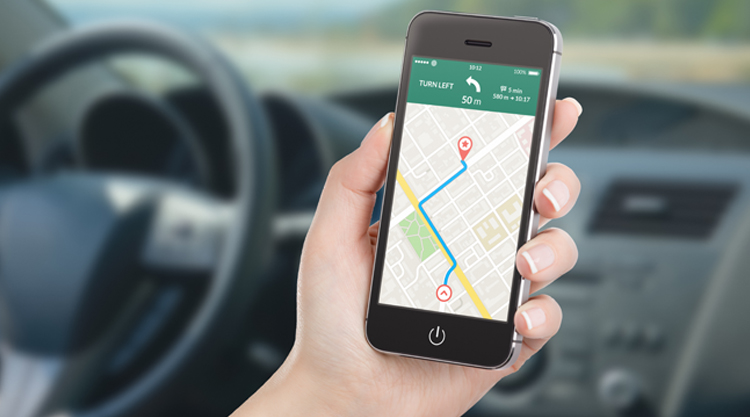A colleague was driving to meet with a new client and she was late. She’d taken a wrong turn and called me for guidance. I took out my phone and opened the map application. After I typed in the destination address, I asked, “Where are you?”
The Conversation Went Something Like This:
Her: “Somewhere near Brewster…or Patterson.”
Me: “No. Where exactly? What road are you on?”
Her: “Um…hold on…ummmmm….there! Old Rte 22.”
Me: “OK…hold on…”
Her: “Now I’m on Big Elm.”
Me: “Wait…hold on…”
Her: “Now I’m on Farm to Market Rd.”
Me: “OK…pull over and stop.”
Her: “Where?”
Me: “Anywhere…I can’t help you get where you want to go if I can’t pinpoint where you are right now.”
Think about that for a moment.
You need to know where you are to get directions to where you want to go. Luckily for us, the Global Positioning System (GPS) on our phones and devices makes that easy.
Do You Know Where Your Organization is Right Now?
When your leaders decide to make organizational changes, they have a “destination” in mind—to achieve a strategic goal or solve a problem. They want to get a product to market quickly, cut the cost of resources and production, or install a system that promises to integrate and streamline processes.
In other words, like my colleague, they know where they want to go. The trouble comes when they don’t know for sure the present state of their organization before attempting to set out on a new course.
Let’s face it. The track record for organizational change isn‘t pretty. It’s often unsustainable—too much change in too little time—and the organization ends up on a dead end street. The change may fix some problem but inevitably leaves new (sometimes worse) problems in its wake.
Why? Because it’s impossible to choose the right strategy and course for reaching your destination without first knowing where you are.
Pinpoint Your Current Location
Here’s the good news. A detailed assessment of your current structure, processes, and projects before you set a course for change can prevent these problems. Do your current structure and business process support your organizational strategy? Is your organizational strategy achievable given your current structure and business process?
The assessment works like a GPS to identify your organization’s “location” by locking onto key signals:
- Are you ready for this change?
- Are adequate resources available to sustain a new direction?
- Is this the change you need?
- Will it solve your challenges?
- What are the risks?

What’s the Best Way to Get There?
Stop and pull over for a minute before you set out. Ask your fellow leaders to do the same. This doesn’t mean halt production, pause your revenue stream, or close your doors. Instead, leave the motor running and look for roadblocks—the root causes of challenges you may face on the way to your destination.
A GPS also calculates possible routes and identifies roadblocks along the way.
Identify Roadblocks That Can Hinder Your Progress
Ask leaders and professionals throughout the organization to share their perspectives. What’s working? What’s NOT working? Why?
- What obstacles to getting work done do your leaders and professionals face?
- Have you restructured recently only to discover new problems?
- Are you having difficulty operating horizontally across the organization?
- Do your leaders compete for the same resources?
- Do your leaders use authority and power as their primary (or only) tool?
- Are initiatives stressful? Project deliverables late? Processes inefficient?
A thorough (and honest) assessment will reveal and help you resolve challenges that might block your path.
Choose the Best Route for Your Organization
The best route for you may not be the fastest. The best route allows time for gradual, sustainable progress. It offers an alternate path if you encounter an unexpected roadblock. The best route is the one you have the capacity to travel.
Is a “GPS” Assessment Right for Your Organization?
Make no mistake. An organizational assessment requires deep analysis and serious expertise, but it’s worthwhile if you’re considering a change.
You may want spend a month on the French Riviera drinking champagne, but that isn’t always an option, is it? An assessment will help you determine a destination your organization has the ability to reach successfully.
- You will learn the precise position of your organization before you set out so you can plan for realistic and achievable change.
- You will discover the root causes of your organizational challenges so you can avoid costly mistakes and roadblocks.
- You will find the best route to get to the right destination, resolving challenges at stops along the way.
Get Started

In the words of Lao Tzu, “A journey of 1000 miles begins with a single step.” Our free One-Minute Matrix Assessment provides a bird’s eye view of your current position with recommendations for moving forward.

